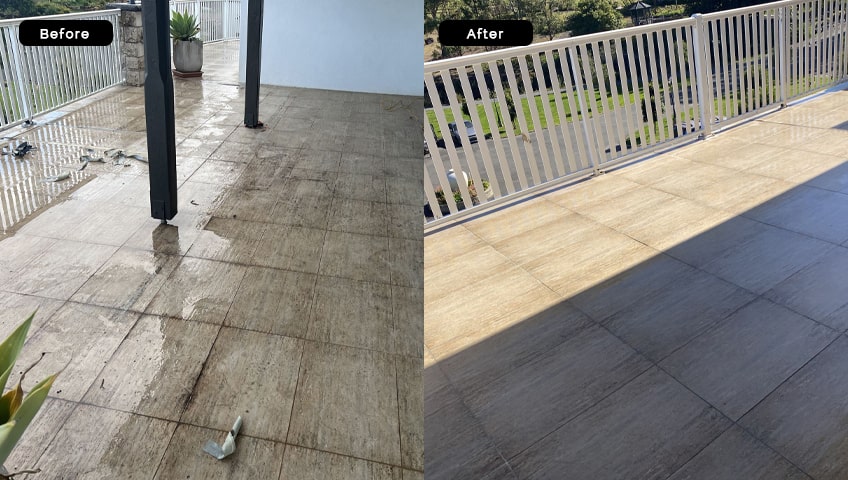How to Avoid Efflorescence in Epoxy Grouting & Regrouting
Efflorescence can be a persistent problem when working with epoxy grouting and regrouting. This unsightly white, powdery residue can mar the appearance of your surfaces and weaken the integrity of your grout. Fortunately, there are steps you can take to prevent efflorescence from occurring in the first place. In this guide, we’ll explore the causes of efflorescence and provide you with a comprehensive plan to keep your epoxy grouting and regrouting projects efflorescence-free.
Understanding Efflorescence: What Causes It?
Before we delve into how to avoid efflorescence, it’s essential to understand its underlying causes. Efflorescence is the result of soluble salts within the grout or substrate being drawn to the surface by moisture. When the moisture evaporates, it leaves behind these salts, creating the characteristic white deposits.
Common Causes of Efflorescence:
1. Water Infiltration: Excessive water exposure is a primary cause of efflorescence. Rainwater, leaks, or high humidity can introduce moisture into the grout.
2. High Salinity: The presence of soluble salts in the grout mixture or the surrounding substrate is a major contributor to efflorescence.
3. Improper Mixing: Inadequate mixing of epoxy grout components or incorrect water-to-grout ratio can lead to efflorescence.
Now that we’ve identified the root causes, let’s explore how to avoid efflorescence in your epoxy grouting and regrouting projects.
Tips to Prevent Efflorescence
1. Use High-Quality Epoxy Grout:
Invest in a high-quality epoxy grout product known for its resistance to efflorescence. These grouts are specifically designed to minimize the risk of salt migration and efflorescence formation.
2. Proper Surface Preparation:
Thoroughly clean and prepare the substrate before grouting. Remove any existing grout or contaminants that may trap moisture and salts, creating conditions for efflorescence.
3. Control Water Exposure:
Minimize exposure to moisture during and after grouting. Use appropriate waterproofing techniques for areas prone to water infiltration. Ensure that your project has adequate drainage to prevent water buildup.
4. Monitor Humidity Levels:
Keep an eye on indoor humidity levels, especially in enclosed spaces like bathrooms and kitchens. Proper ventilation and dehumidifiers can help maintain a drier environment.
5. Avoid Salty Substrates:
If possible, avoid using substrates that are known to have high salt content. If you have no choice but to work with such materials, take extra precautions to seal and isolate them from the grout.
6. Follow Manufacturer Guidelines:
Always adhere to the manufacturer’s instructions for mixing and applying epoxy grout. Using the correct water-to-grout ratio and mixing techniques is crucial to prevent efflorescence.
7. Seal the Grout:
After grouting, apply a high-quality grout sealer to create a protective barrier. This will help prevent moisture and salts from penetrating the grout and causing efflorescence.
8. Regular Maintenance:
Keep an eye on your grout over time. Promptly address any signs of efflorescence, such as white deposits, by cleaning and resealing the affected areas.
Conclusion
Efflorescence can be a frustrating issue to deal with when working with epoxy grouting and regrouting. However, by understanding its causes and following preventive measures, you can significantly reduce the risk of efflorescence occurring in your projects. Investing in high-quality materials, proper surface preparation, and diligent maintenance will ensure that your epoxy grouting remains efflorescence-free and visually appealing for years to come.
Incorporating these tips into your epoxy grouting and regrouting projects will not only enhance their longevity but also save you time and effort in the long run. Say goodbye to efflorescence and hello to beautifully grouted surfaces that stand the test of time.





